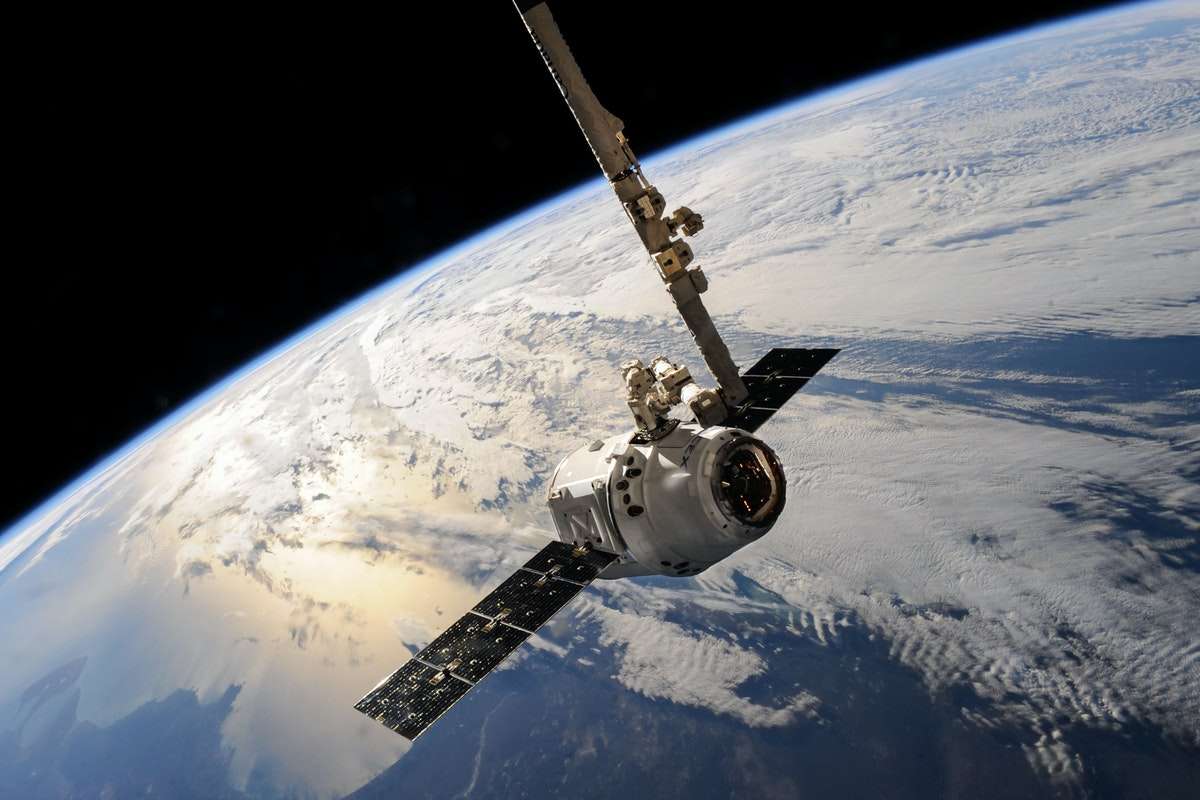
The Satcom industry is going to be the next enabler of digital growth in underdeveloped markets. One of the biggest advantages of satellite broadband is that it doesn't need fiber to deliver internet. If you are near a satellite gateway, all you need is a device that can connect to the network of the gateway. Individual customers, as well as enterprises, both are going to benefit from the presence of the satcom companies. But there's a long way to go for countries such as India in enabling companies such as OneWeb and Starlink to deliver satellite broadband to customers.
Advances in Satcom Technology
The future of satcom is characterised by several remarkable technological advancements. High-throughput satellites (HTS) offer increased capacity and efficiency, enabling higher data rates and improved performance. Constellations of small satellites, such as SpaceX's Starlink and OneWeb, promise global coverage and low-latency communications. Starlink has already started deploying second-generation satellites that will enable faster speeds and lower latency connections.
Read More - OneWeb Launch 19 Expands Constellation to 634 Satellites
Challenges and Solutions
Despite the advancements, the future of Satcom faces various challenges. Spectrum congestion, regulatory complexities, and orbital debris management pose significant obstacles. However, innovative solutions are emerging. Dynamic spectrum allocation, satellite refuelling and repair technologies, and improved tracking and collision avoidance systems are being developed to address these challenges.
Elon Musk has also said that regulatory challenges are the biggest obstacle for them with Starlink. This is because Starlink wants to operate globally, and there's no uniform policy in two countries. Thus, Starlink needs to comply with the policies and regulatory norms of each country, which takes time and a lot of money.
Opportunities and Applications
The future of Satcom opens up numerous opportunities and applications across industries. Connectivity in remote and underserved areas will be significantly improved, enabling economic growth, education, and telemedicine. Satcom will play a pivotal role in enabling the Internet of Things (IoT) by providing ubiquitous coverage for smart cities, agriculture, transportation, and environmental monitoring. Additionally, Satcom's role in disaster response and emergency communications will become even more critical, ensuring rapid and reliable connectivity in times of crisis.















